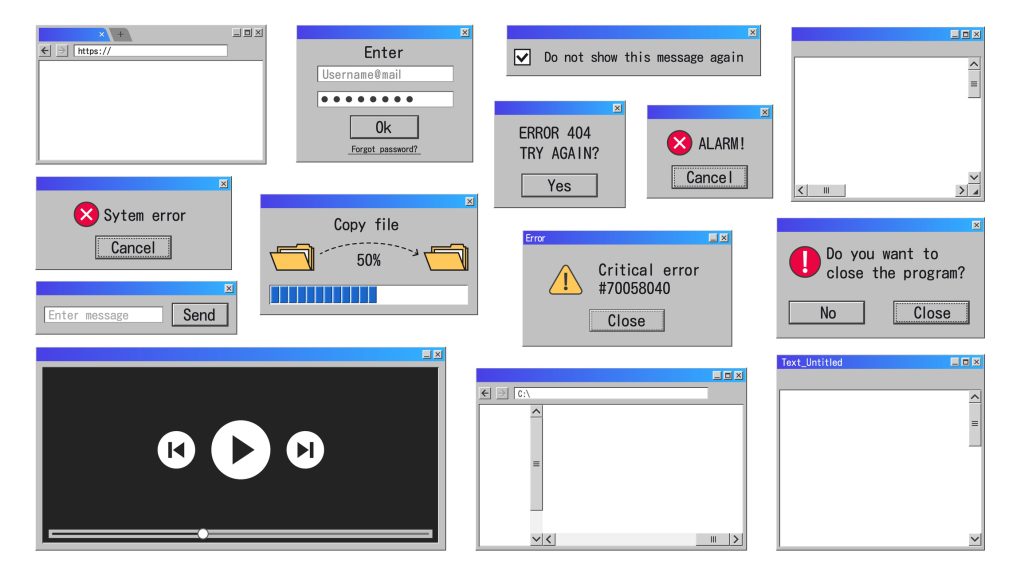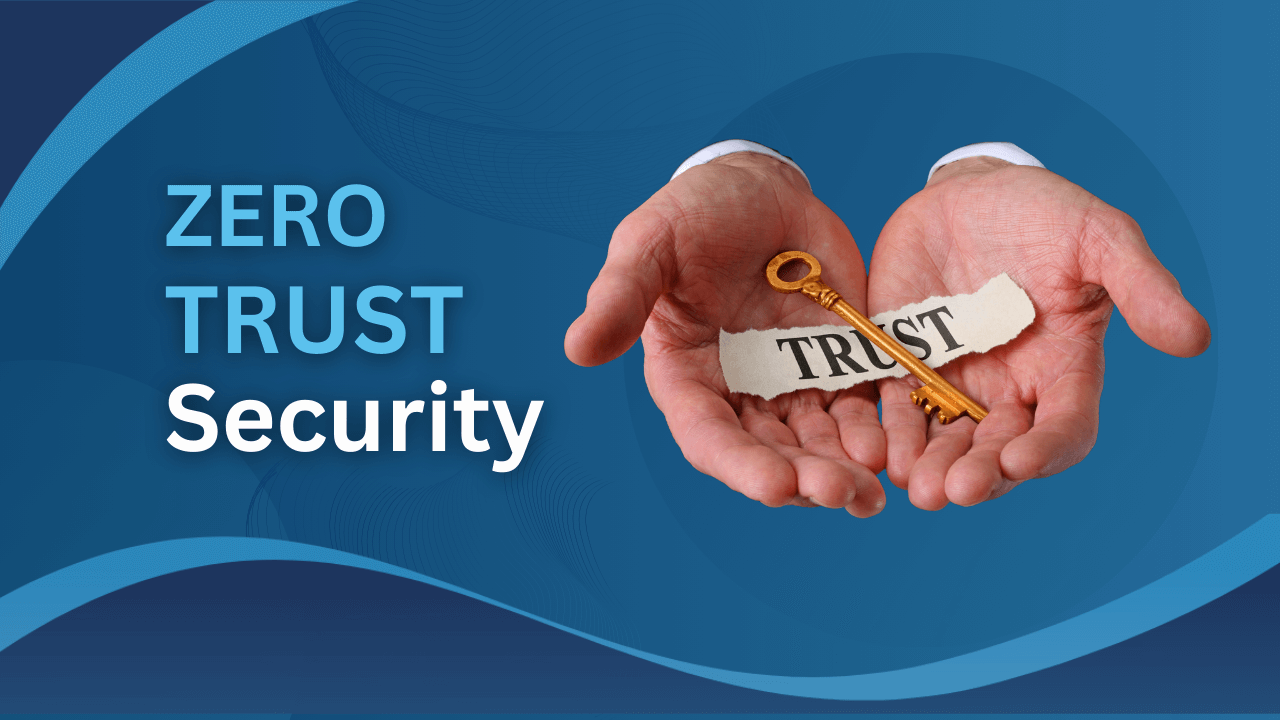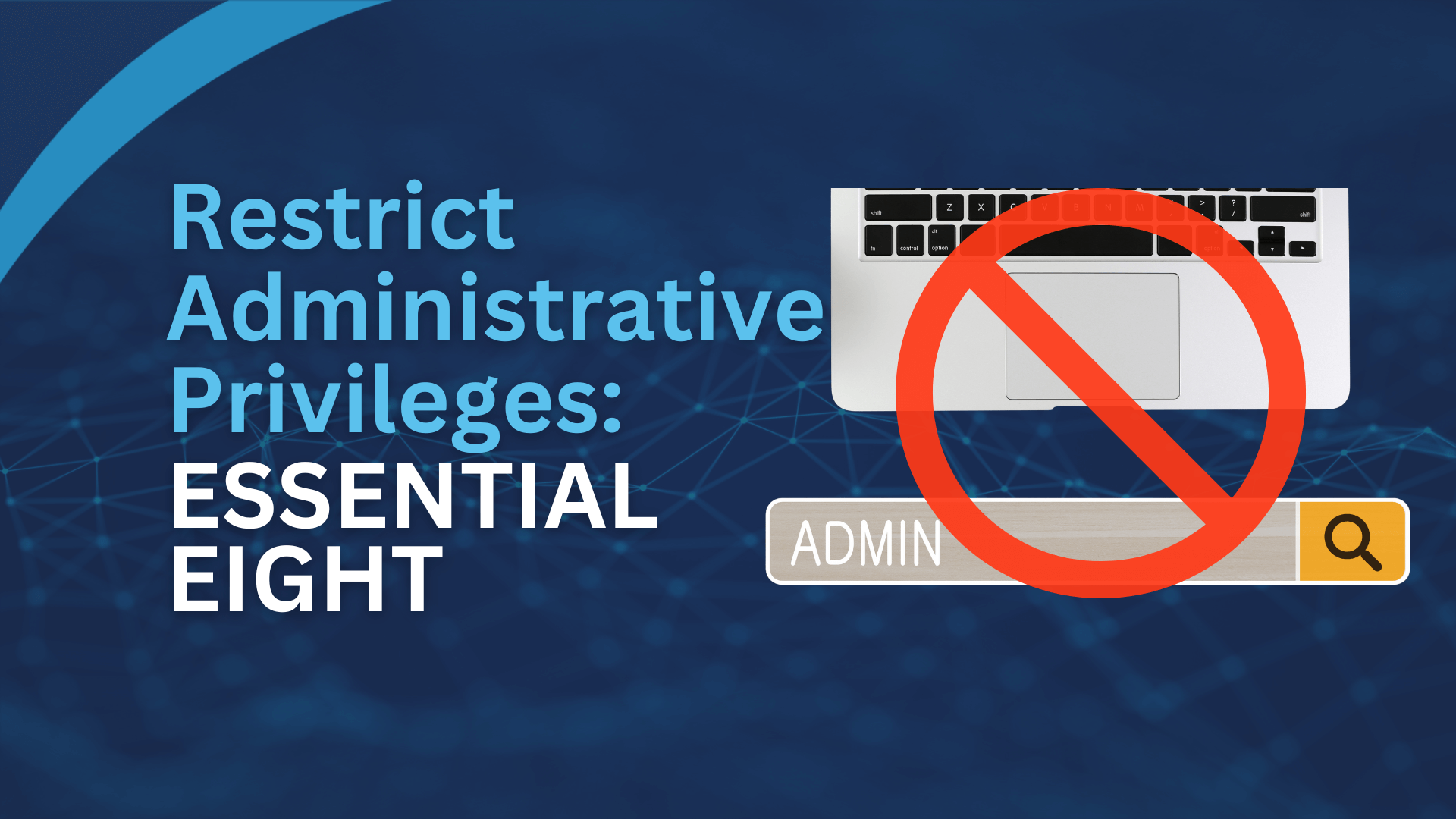
Running a small business in Australia means constantly juggling priorities and watching every dollar. However, holding onto outdated computers might be costing you far more than you realise. Many Brisbane business owners believe they’re saving money by delaying hardware upgrades. Instead, they’re unknowingly paying premium prices through hidden costs, security vulnerabilities, and productivity losses.
This comprehensive guide reveals the real impact old computers have on your business. Furthermore, we’ll show you exactly when upgrading becomes essential for profitability.
How Old Is Too Old? Understanding Computer Lifespan
The Four-Year Threshold
Most IT professionals agree that computers older than four years enter dangerous territory. Specifically, research shows that maintenance costs spike dramatically after this point. Additionally, 80% of Australian SMBs surveyed operate PCs older than four years, significantly increasing their operational risks.
Key Warning Signs Your Computers Are Too Old
- Slow boot times exceeding 2-3 minutes indicate aging hardware issues
- Frequent crashes disrupt workflows and signal system instability
- Compatibility problems prevent running essential business software updates
- Fan noise suggests overheating components nearing failure
- Unable to update to current operating systems or security patches
Moreover, these symptoms compound over time, creating cascading problems throughout your business operations.
The Hidden Financial Costs of Old Computers
Skyrocketing Maintenance Expenses
Stealth costs of maintenance and upgrades accumulate to approximately $561 per PC annually once computers reach four years old. Subsequently, Australian businesses face even higher costs due to local pricing factors.
Consider these hidden expenses:
Repair Costs
- Small businesses spend around AU$706 per year maintaining older PCs
- Emergency repairs often cost more than scheduled maintenance
- Replacement parts become increasingly scarce and expensive
Lost Productivity Hours
- 42 hours per year are lost due to older computers requiring repairs
- Newer computers only lose 21 hours annually to similar issues
- Every hour of downtime directly impacts your bottom line
Upgrade Complications
- Older systems require 1.4 times more upgrade investment than newer equipment
- Memory and storage upgrades become incompatible with aging motherboards
- Eventually, upgrades become impossible, forcing complete replacements
The Real ROI Calculation
Let’s break down a practical example for a Brisbane business with 10 employees:
Annual Cost Per Old Computer:
- Maintenance and repairs: $706
- Lost productivity (42 hours × $45/hour average wage): $1,890
- Total annual cost per computer: $2,596
For 10 computers: $25,960 per year
Meanwhile, investing $15,000 in new computers eliminates these costs immediately. Therefore, you achieve full ROI within approximately 7 months through cost savings alone.
Critical Security Risks: Your Business’s Achilles Heel
Outdated Systems Welcome Cybercriminals
Around 43% of Australian SMBs experienced PC security and data theft breaches in the 2025. Alarmingly, only 22% actually reported these attacks. Old computers become security liabilities because manufacturers stop providing updates for obsolete hardware.
The Vulnerability Gap
Think of your computer’s operating system like your smartphone. Eventually, older models can’t run the latest iOS or Android versions. Similarly, aging PCs become defenseless against new cyber threats.
Key Security Vulnerabilities:
- No security patches leave known vulnerabilities permanently exposed
- Incompatible antivirus software fails to protect against modern threats
- Outdated encryption standards make data breaches easier for attackers
- Unsupported browsers expose you to phishing and malware attacks
2025 Cyber Threat Landscape
Unpatched software and phishing, now amplified by automation and AI-driven attacks, represent 2025’s top cyber risks. Moreover, organisations with poor patching cadence are more than seven times more likely to experience ransomware events.
Real-World Consequences:
- Average recovery costs exceed $97,000 for Australian SMBs
- Australian data breach notification requirements impose strict reporting obligations
- Customer trust, once lost, becomes nearly impossible to rebuild
- Regulatory fines for preventable breaches continue increasing
Productivity Drain: The Silent Business Killer

Waiting Isn’t Working
Your employees shouldn’t spend valuable time staring at loading screens. Nevertheless, this remains the daily reality for businesses using outdated hardware.
Productivity Impact Statistics:
- Newer PCs allow you to run significantly more applications simultaneously without a noticeable performance impact.
- Employees become frustrated and demotivated by slow systems
- Task completion times increase significantly with aging hardware
- Software dependent on processing power becomes practically unusable
Employee Morale Matters
The negative impact on morale directly affects your bottom line. When employees spend time fighting their computers rather than serving customers, everyone loses. Additionally, frustrated staff may seek opportunities elsewhere, increasing recruitment costs.
Tangible Morale Effects:
- Reduced job satisfaction from technology frustrations
- Decreased confidence in management’s investment in tools
- Higher stress levels from missed deadlines due to slow systems
- Increased sick days related to workplace stress
Compatibility Challenges: Left Behind by Progress
Software Evolution Outpaces Old Hardware
Modern business software increasingly requires capabilities old computers simply cannot provide. Consequently, you face difficult choices between upgrading software or maintaining obsolete systems.
Common Compatibility Issues:
- Cloud-based applications demand stronger processing power and faster internet connectivity
- Video conferencing tools require modern cameras, microphones, and processing capabilities
- Accounting software updates become incompatible with older operating systems
- Security software stops supporting legacy systems entirely
The Competitive Disadvantage
Your competitors using modern technology gain significant advantages. Specifically, they complete tasks faster, collaborate more effectively, and respond to customers more quickly. Meanwhile, your business struggles with technological limitations.
Environmental and Compliance Considerations
Australia’s E-Waste Responsibility
44 million units or 181 tonnes of televisions and computers will reach end of life by 2027-2028 in Australia. Furthermore, e-waste contributes 70% of toxic chemicals like lead, cadmium and mercury found in Australian landfills.
Proper Disposal Requirements:
- Australian Product Stewardship Act mandates responsible disposal practices
- Data security regulations require complete data destruction before disposal
- Brisbane businesses must use certified e-waste recyclers
- Tax benefits available for environmentally responsible equipment upgrades
Corporate Social Responsibility
Customers increasingly prefer businesses demonstrating environmental consciousness. Therefore, proper computer lifecycle management enhances your brand reputation while meeting regulatory requirements.
When to Upgrade: Making the Decision
Clear Upgrade Triggers
Don’t wait for catastrophic failure. Instead, watch for these definitive signals:
Immediate Upgrade Situations:
- Computers exceed four years old
- Operating system no longer receives security updates
- Critical business software becomes incompatible
- Repair costs approach 50% of replacement value
- Frequent crashes disrupt daily operations
Strategic Upgrade Timing:
- End of financial year for tax benefits
- Before busy season to avoid disruption
- When launching new business initiatives
- After securing new contracts requiring increased capacity
Budget-Friendly Upgrade Strategies
Staged Replacement Approach:
- Replace most critical workstations first
- Establish rolling replacement schedule
- Lease equipment to spread costs
- Consider refurbished business-grade equipment carefully
Financing Options for Brisbane Businesses:
- IT equipment leasing preserves cashflow
- Tax deductions for business equipment purchases
- Technology grants available for some industries
- Financing through trusted IT providers
The Benefits of Modern Hardware Investment
Immediate Performance Improvements
New computers deliver transformational benefits from day one. Specifically, employees notice faster boot times, smoother multitasking, and reliable performance.
Performance Enhancements:
- According to Microsoft-Intel research, 70% of SMBs agreed newer PCs improved overall efficiencies
- 71% confirmed newer PCs made their staff more productive
- Modern SSDs boot Windows in 10-15 seconds versus 2-3 minutes
- Multi-core processors handle simultaneous applications effortlessly
Enhanced Security Protection
68% of businesses felt better able to secure and protect business data on newer PCs. Modern computers include built-in security features that older systems lack entirely.
Security Advantages:
- TPM 2.0 chips provide hardware-level encryption
- Windows 11 includes advanced threat protection
- Modern processors contain security features preventing malware
- Biometric authentication replaces vulnerable passwords
Long-Term Cost Savings

70% of businesses saw reduced overall maintenance costs after upgrading to newer PCs. Additionally, manufacturer warranties protect against unexpected repair expenses.
Financial Benefits:
- 3-5 year warranties cover most repairs
- Lower energy consumption reduces electricity bills
- Reduced IT support time and costs
- Better resale value when eventual replacement occurs
How Netcomp Solutions Helps Brisbane Businesses
Comprehensive IT Hardware Assessment
We understand that every Brisbane business faces unique technology challenges. Therefore, our team provides complimentary assessments identifying:
- Current hardware age and condition
- Security vulnerabilities requiring immediate attention
- Performance bottlenecks affecting productivity
- Customized upgrade recommendations fitting your budget
Seamless Transition Management
Upgrading computers shouldn’t disrupt your business operations. Consequently, we handle:
- Complete data migration and backup
- Software installation and configuration
- Employee training on new systems
- Secure disposal of old equipment
- Ongoing support and maintenance
Cybersecurity Integration
Modern hardware forms just one component of comprehensive security. Additionally, we implement:
- Multi-layered security protection
- Regular monitoring and threat detection
- Employee security awareness training
- Compliance with Australian data protection regulations
Action Steps: What to Do Right Now
Immediate Actions (This Week)
- Audit your current hardware – Document computer ages and conditions
- Assess security status – Verify all systems receive current updates
- Calculate hidden costs – Track downtime, repairs, and productivity losses
- Identify critical upgrades – Prioritize systems most affecting operations
Short-Term Planning (This Month)
- Research replacement options – Compare business-grade computer specifications
- Explore financing – Investigate leasing and purchase financing programs
- Plan implementation – Schedule upgrades around business cycles
- Contact IT professionals – Get expert guidance on hardware selection
Long-Term Strategy (This Quarter)
- Establish replacement schedule – Implement 3-4 year rolling upgrade cycle
- Budget appropriately – Allocate funds for regular hardware refresh
- Document procedures – Create standardized setup and migration processes
- Monitor performance – Track improvements in productivity and security
Conclusion
Holding onto old computers might seem like smart budgeting initially. However, the hidden costs, security risks, and productivity losses far exceed replacement expenses. Australian small businesses deserve reliable, secure, and efficient technology supporting growth rather than hindering progress.
The question isn’t whether you can afford to upgrade. Rather, it’s whether you can afford not to upgrade. Every day on outdated systems costs money, productivity, and competitive advantage.
Take Action Today
Don’t wait for catastrophic computer failure to force your hand. Instead, take control of your technology strategy now. Contact Netcomp Solutions for a complimentary hardware assessment and discover how modern computers can transform your Brisbane business.
Ready to stop losing money to old computers? Call Netcomp Solutions today at 1300 363 127 or visit www.netcomp.com.au to schedule your free IT infrastructure review.
FAQ
How long should business computers last?
Generally, business computers should be replaced every 3-4 years. After this period, maintenance costs escalate, security vulnerabilities increase, and productivity suffers significantly.
Can’t I just upgrade components instead of replacing?
Sometimes component upgrades work temporarily for specific issues. However, aging motherboards, processors, and power supplies eventually limit all upgrade possibilities. Moreover, labor costs for multiple small upgrades often exceed new computer costs.
What should I do with old computers?
Never simply throw computers in regular rubbish bins. Instead, use certified e-waste recyclers ensuring data destruction and environmental compliance. Many Brisbane facilities accept business computers free of charge.
How do I choose new computers for my business?
Focus on business-grade equipment from reputable manufacturers offering strong warranties. Additionally, ensure computers exceed minimum requirements for your essential software. Professional IT consultants help match specifications to your specific needs.
Can old computers really compromise security?
Absolutely. 67% of Australian SMBs with older computers experienced security breaches. Unsupported operating systems cannot receive critical security patches, leaving your data vulnerable to constantly evolving threats.



